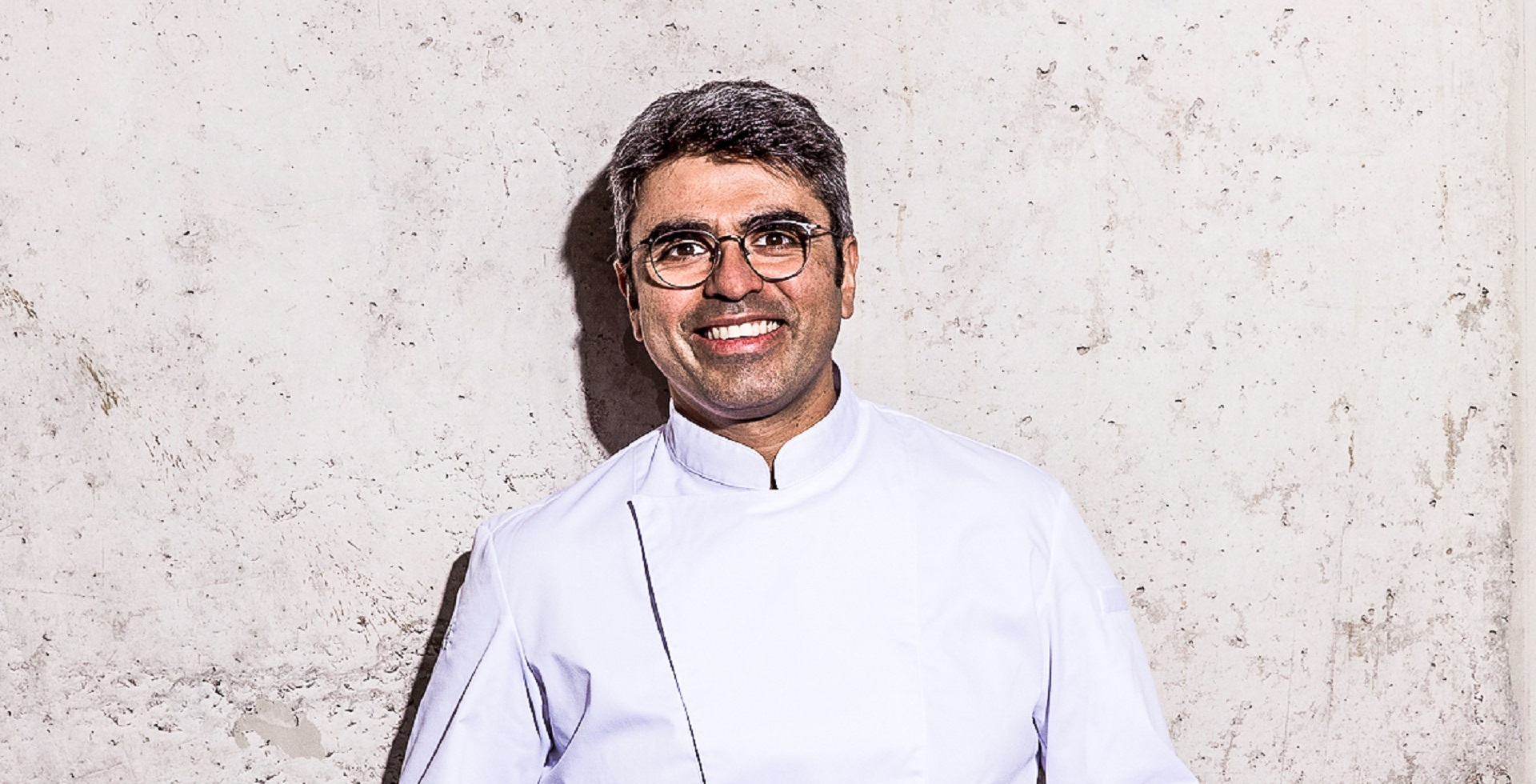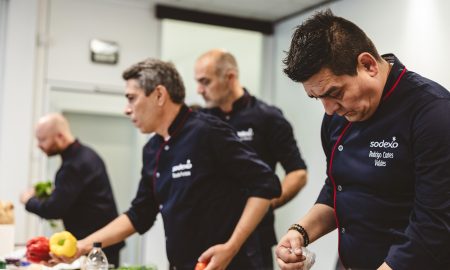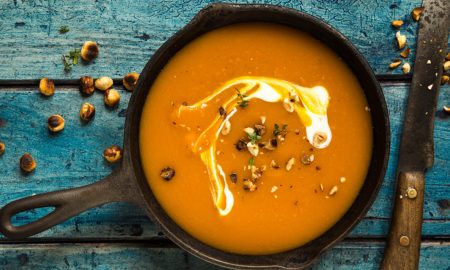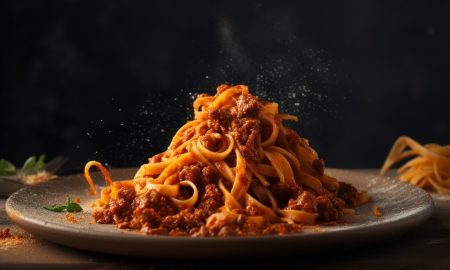Ok, take a deep breath, and now slowly breath out again. Everything is fine, really. Even though a word is about to be mentioned that, until recently, gave most cooks heart palpitations. It triggered something in them and sent them into a rage, as if the intern had just spilled half a liter of jus for the second time: convenience food.
If this one word was recently enough to cast doubt on the honor of an entire profession, the hysteria of the “hearth gods” seems to have died down somewhat in 2023. There are several reasons for this. For example, in these times of a serious shortage of skilled workers, the image of ready-made products has greatly improved simply out of a necessary pragmatism. Another reason is that a whole lot has been happening in the ready-made products sector. What’s more, we have recently started talking about a trend towards so-called high-end convenience.
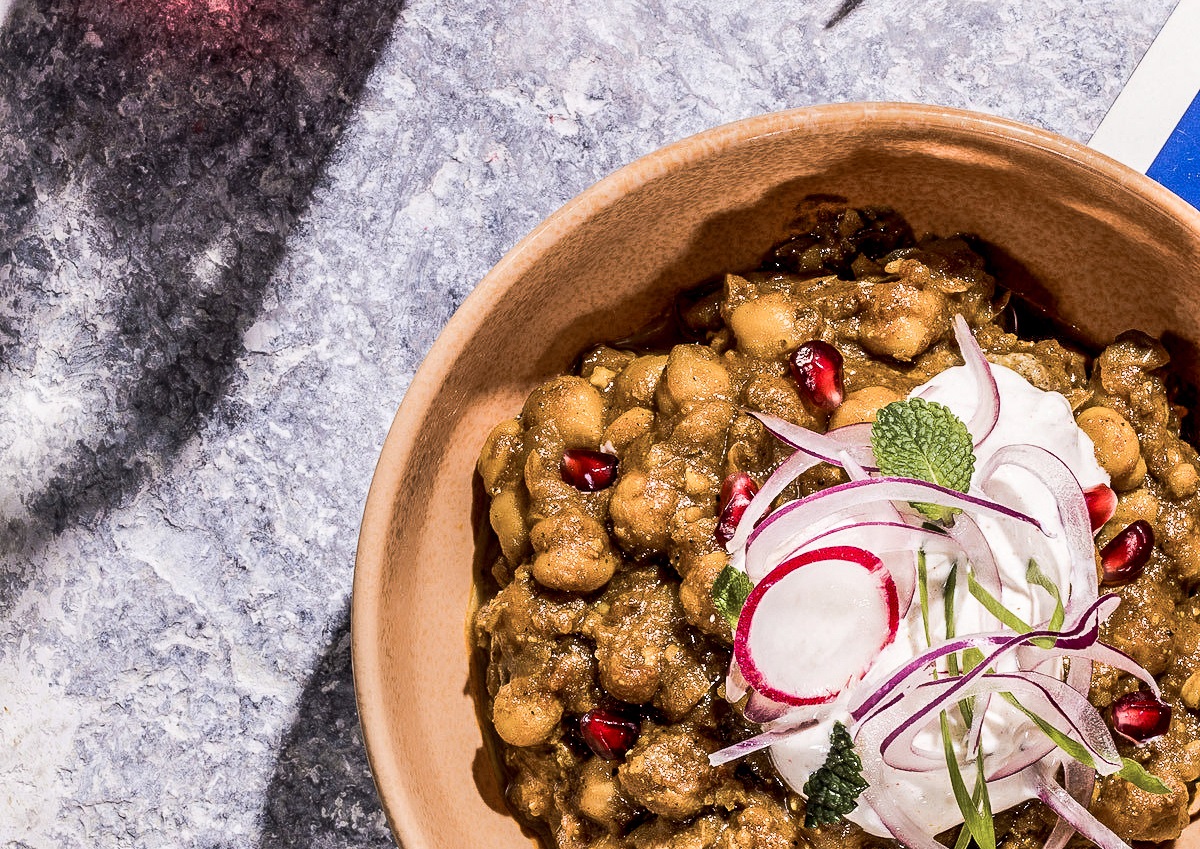
Image: Jennifer Braun
High-end convenience as plan B
For the most part, this is the “fault” of two ambitious men whose shared history was destined to unleash a kind of domino effect. But let’s take it one step at a time. “We actually wanted to open a restaurant,” says Gaurav Bajaj. Together with his business partner Kiran Mazumdar, the Indian Michelin-starred chef and culinary expert at Rational had something quite promising in mind: A restaurant that celebrates Indian cuisine with a quality that is probably only known in London to this day. “We saw this as an incredible gap in the market because you can’t get nearly as good Indian food in Germany as you can in London,” adds Kiran Mazumdar.
The entrepreneur with Indian roots knows what he’s talking about. As a management consultant, he worked for more than ten years mainly in London, where he got to know the development of Indian diaspora cuisine up close. When he met Gaurav Bajaj by chance, the two entrepreneurial, like-minded people quickly concocted the plan of establishing the previously mentioned Indian restaurant in Germany. “Only then the coronavirus came,” remembers Mazumdar. “We couldn’t find employees, and the lockdowns didn’t make it any easier. So we said to ourselves: If the customer cannot come to us, we’ll simple come to them – in the form of Indian high-end convenience, that is.”

Image: Jennifer Braun
High-end convenience with the power of spices
That was the beginning of Jai Food. Creamy Chicken Masala, Smooth Black Dal and Chickpea Masala: It’s all there, no other way to put it, from Jai Food out of the box. Yes, we are talking about ready-made meals here, at least in the literal sense. But this has nothing, absolutely nothing, to do with highly processed frozen food from the supermarket discount store. In fact, the opposite is true. “Our dishes have no preservatives, no flavor enhancers, no colorants,” says Mazumdar. “In addition,” says Bajaj, “our focus is on craftsmanship.” But what exactly does Bajaj mean?
On the one hand, spices play a key role in Jai Food’s dishes. While many convenience food producers – and many Indian restaurants themselves, according to Gaurav, at least in Germany – rely on ready-made seasoning mixes, Jai Foods’ production kitchen creates its own blends. “We also roast the spices before grinding, which very few people do. This roasting makes a big difference, because unroasted spice mixtures quickly taste one-dimensional to the Indian palate,” reveals Bajaj.
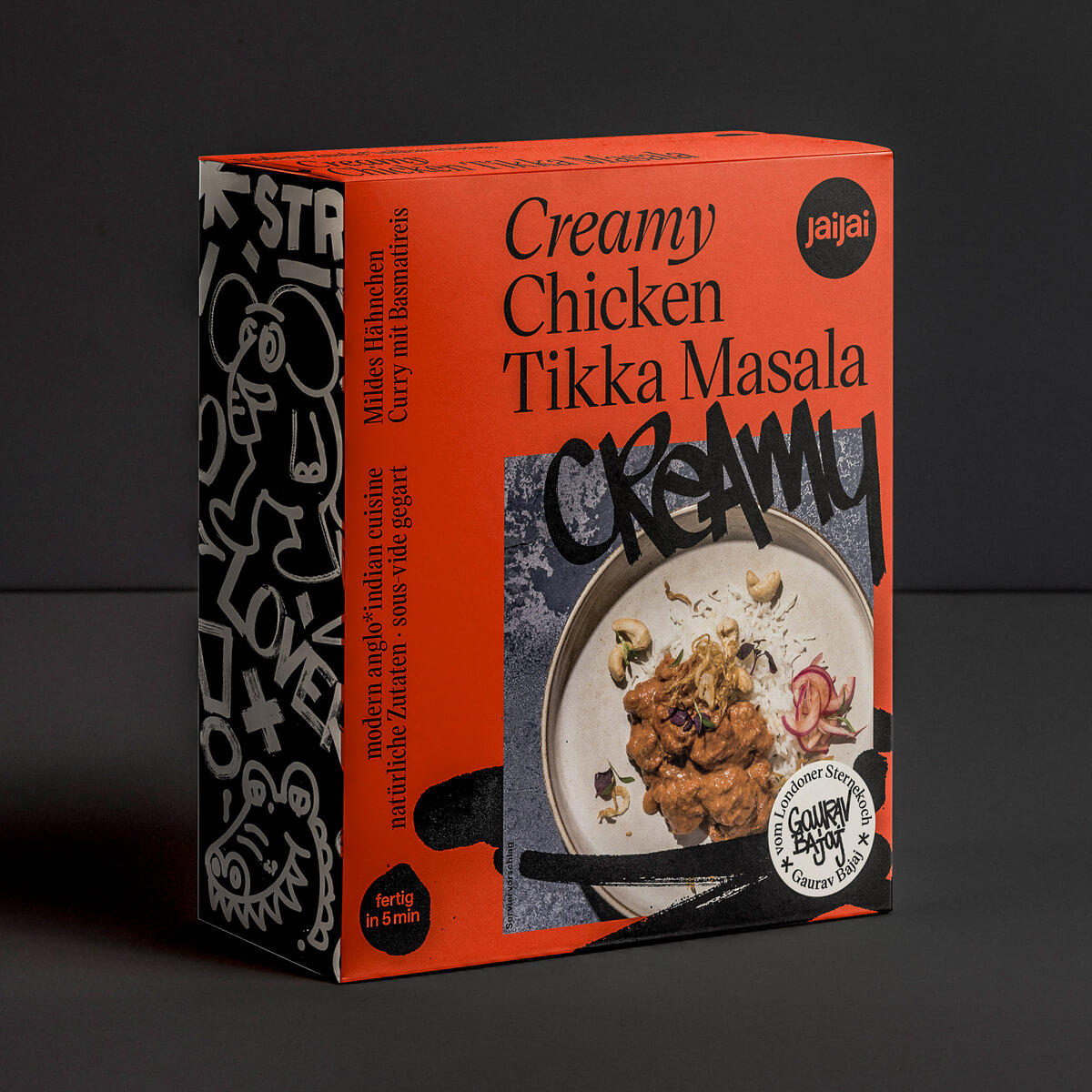
Image: Jai Foods GmbH
In Indian cuisine, it’s also very important which spices are added and at what time. Compared to other brands, we pay a lot of attention to this in our production kitchen, which is why we use up to twice as many spices as other companies producing Indian ready-made meals.” And then there’s the issue of onions.
Sous-vide for the last kick
“Many people don’t understand that,” says Mazumdar. “In Indian cuisine, onions are not merely sautéed as they are in European cuisine, but rather caramelized. You can’t do this in less than half an hour. Combined with the spices, that’s what gives Indian cuisine its unique flavor!” Gaurav Bajaj explains. “However, we don’t use sugar for this, which is what the French cuisine caramelizing tradition calls for. Instead, we just use oil and salt.” In the Rational combi-oven, the onion is cooked until its caramelized form is only 20 percent of the raw original weight. Quite an explosion of flavors, in other words. And above all, one that lasts quite a long time. Which brings us to the DNA of Jai Food: time.
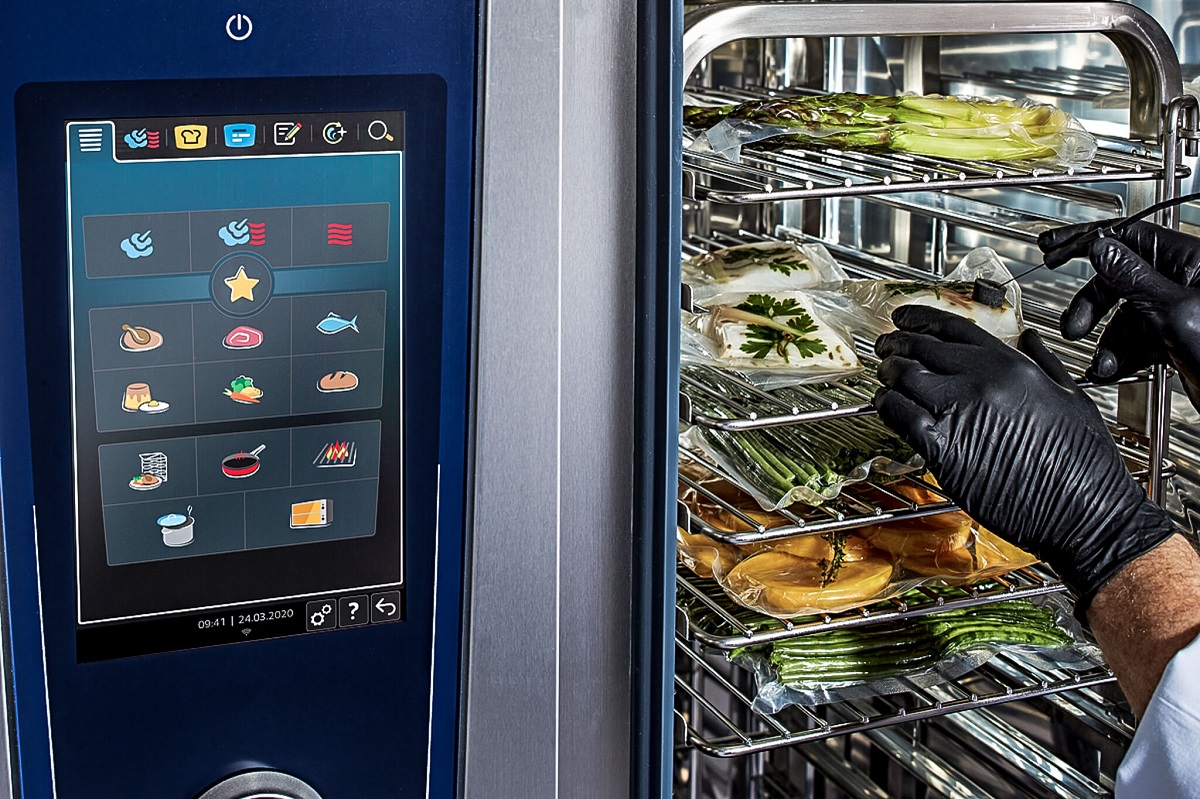
Image: Rational
Because everything takes a little longer in Jai Food’s kitchen. Chickpeas and lentils are mixed with the spice mixtures overnight before being slowly cooked. The same goes for the chicken legs, which are marinated well in advance. “In addition, every dish is cooked sous-vide again,” says Bajaj. “This not only preserves nutrients, it also provides that final kick in terms of taste.”
Small but mighty
The success to date in the end-customer sector certainly justifies the high-end claim of the culinary entrepreneur duo. The fact that it will now soon be supplying the gastronomy industry is telling for a number of reasons. Initially, it was due to the obvious demand for high-quality ready-made meals in the above-average price segment. In the end-user sector, the phenomenon is not all that new, but it has been boosted by the home office trend. In gastronomy, on the other hand, a rehink seems to be taking place. Convenience is becoming less of a stopgap solution and more a sensible investment to combat the shortage of skilled workers.
However, this investment only makes sense if the quality is right – or tastes even better than you could make yourself. That’s why it pays to have a top positioning in the convenience sector that plays to the strengths of its particular segment. Jai Food is paving the way. While the range of products is comparatively small, the know-how is all the greater – and this results in high-end convenience.
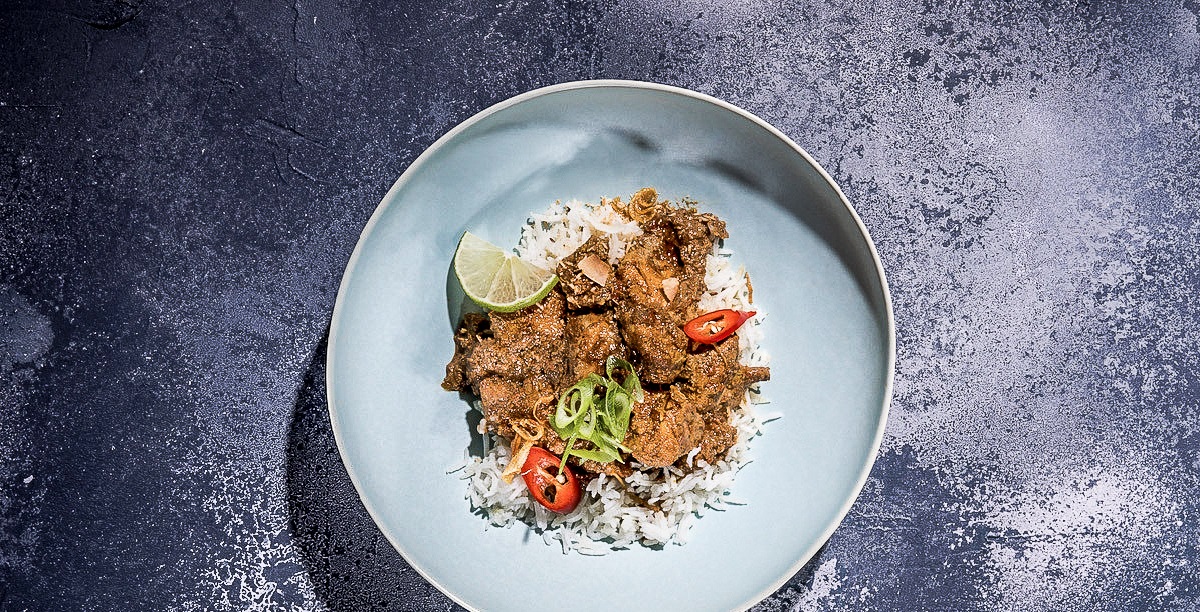
Image: Jennifer Braun
It’s high time, then, that the loaded term convenience loses some of its controversial edge, and that in the future, chefs have neither heart palpitations nor tantrums to contend with when they hear the word. Instead, they can simply enjoy and appreciate what companies like Jai Food do better than they can – bring high-end convenience to the plate making the world a little easier. But not worse by any means.


